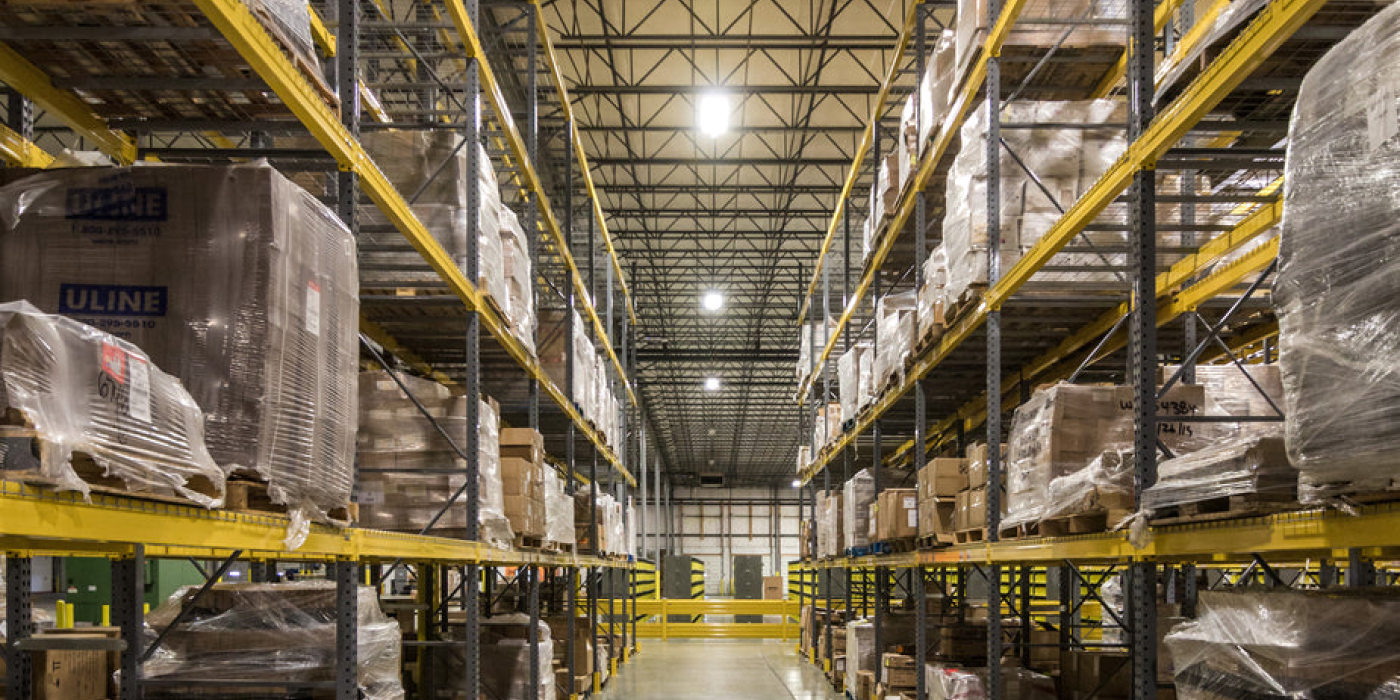Supply Chain Trends to Expect in 2024
As we approach the new year, several key trends are transforming the supply chain landscape driven by technological advancements, changing consumer behavior, and the lessons learned from recent global disruptions. These trends are set to redefine how goods are moved, stored, and delivered.
Here’s a look at some significant supply chain trends for 2024 that businesses and consumers alike should be aware of.
Digital Innovation
The integration of digital technology in supply chain operations is no longer optional as supply chains grow more complex and companies aim to become more resilient in the face of greater supply chain bottlenecks. Companies have significantly increased investment in supply chain innovation this year, nearly doubling the average spend compared to 2022, according to research from Catena Solutions. The average investment in supply chain innovation increased to just over $20 million this year, up from slightly more than $10 million a year ago.
Sixty-seven percent of CEOs plan on increasing investments in disruption detection and innovation processes. Major events triggering this wave of investment include labor shortages, inclement weather, growing consumer demand, and increased shipping costs, which increased 86% during the pandemic and continue to impact the supply chain. In 2024, expect a continued rise in the use of digital platforms to increase supply chain visibility, optimize logistics, and enable greater adaptability and responsiveness.

Automation in Warehousing
Warehouse automation has become imperative to modern supply chain management. Recruitment and retention of skilled employees is an increasing challenge across supply chains. As companies contend with labor shortages, increasing eCommerce demand, and supply chain disruptions, they are increasingly implementing warehouse technologies. Over 75% of companies will have adopted some form of cyber-physical automated warehouse processes by 2027, according to a recent Gartner study.
DHL Supply Chain is planning to open four more automated warehouses in a move to further digitize its global warehousing operations. The third-party logistics provider currently operates nine automated warehouses around the world, including four U.S. sites. With automated storage and retrieval systems from AutoStore, DHL Supply Chain aims to boost productivity and throughput while enabling swift scalability and adaptability to demand fluctuations. Warehouse automation will continue to evolve, with an increased focus on robotics to improve efficiency, increase fulfillment speed, and reduce labor costs.
Rise of Nearshoring
Nearshoring is the practice of moving production closer to the customer. This trend is being driven by a number of factors, including geopolitical tensions, the increasing importance of speed to market, and the need for greater supply chain resilience. Consumer products and retail companies are increasingly diversifying and localizing their supply chain networks. Nearly 8 out of 10 (79%) of these companies are diversifying their supplier base, with 71% actively investing in regionalizing and localizing, according to a new report from the Capgemini Research Institute.
Eighty-three percent of organizations are actively investing in friend-shoring, a growing practice where supply chain networks are focused on countries regarded as political and economic allies, to further reduce risk exposure. In 2024, we can expect to see more businesses nearshoring their operations in order to build future-ready supply chains that can drive profitable growth and withstand future disruptions.

Increased Focus on Sustainability
Sustainability is becoming increasingly important for businesses, and the supply chain is no exception. Businesses are under pressure from consumers, investors, and regulators to reduce their environmental impact. In 2024, we can expect to see an increased focus on sustainable supply chain practices, such as using eco-friendly packaging, optimizing routes for fuel efficiency, and investing in green technologies.
Seventy-five percent of companies surveyed by Capgemini reported that they are making conscious efforts to be more sustainable. Similarly, nearly nine in ten (86%) acknowledge that ethical and responsible sourcing, transportation, and manufacturing are key for competitive advantage. Next year, companies will implement more sustainability initiatives in order to make their supply chains more environmentally friendly.
The supply chain landscape is in a constant state of evolution, with new technologies, global challenges, and shifting consumer demands shaping the industry. As we look ahead to 2024, it’s essential for businesses to stay ahead of the curve and adapt to emerging trends to remain competitive and resilient.
For more information about how our delivery management solution can help you manage your deliveries more efficiently, please contact info@bringoz.com.
